In a year of uncertainty and peril, one three-sided mystery metal structure provided a glinting moment of distraction, or even hope – and then it was gone.
Before the public had moved on from the monolith, the monolith had moved on from us.
It was carted off at night by a small group 10 days after it was discovered in the rugged, rocky wilderness of Utah by a group of state employees counting sheep from a helicopter.
For the millions enchanted by the monolith and its mysteries, crucial questions remain unanswered: who made it? What was it for? How long had it been around? Did the sheep like it?
Whitney Tassie, a curator with the Utah Museum of Fine Art, told the Salt Lake Tribune: “It’s been really interesting to see how the conversations around the monolith have been at once artistic, but also about land use and land management, which in Utah is a really important issue.”
There are dozens of theories about its origin. The state’s public safety officials had kept its location secret out of concerns they would have to rescue stranded people in the remote area but it took almost no time for people on Reddit to identify its whereabouts. That in turn drove concerns about crowds swarming the delicate land that had once been part of a national monument.
And in the small stretch between the monolith’s existence being publicized and the 10ft (3 metre) structure being taken down, several adventurous souls managed to visit the object and return with stories.
David Surber, a Utah resident, was one of the first people to seek it out and posted on Instagram about his journey and the precautions he took to make it.
Surber’s posts were informative – he said the object was probably three pieces of aluminium riveted together and was already showing the signs of human visitors with fingerprints sullying its gleaming surface.
“Regardless of who built it or where it came from, it was a positive escape from today’s world,” Surber wrote. “Some[thing] for many people to rally behind and enjoy together.”
And enjoy it they did.
Two friends posted a TikTok video about their visit, with one getting on their knees in a sort of worship of the object before suggesting the monolith had been blaring Cardi B and Megan Thee Stallion’s 2020 hit WAP and twerking on it.
For many, it wasn’t Cardi B’s line “I don’t cook, I don’t clean, but let me tell you how I got this ring” that came to mind when they saw the monolith, but instead the eerie requiem used in the opening scene of the film 2001: A Space Odyssey. The spooky choral and orchestral sounds play as the lives of a group of apes are interrupted by a mystery monolith appearing near their rugged, wild home.
The helicopter pilot, Bret Hutchings, who had the opportunity to see the monolith up close drew a comparison to the film and suggested it could be the work of a fan of the film or an artist.
“I’m assuming it’s some new wave artist or something or, you know, somebody that was a big 2001: A Space Odyssey fan,” Hutchings told local news station, KSLTV, which first reported on the find.
Of course speculation turned to the art world, where the main suspect was soon identified as the late artist John McCracken. He’d lived in New Mexico, relatively close to the Utah wilderness, and his signature plank sculptures bore a close resemblance to the shiny mystery object.
“I think of the world as a potential sculpture, and humans as potential living art works – or, really, as master sculptors,” McCracken said in a 2011 interview with Art in America. “The challenge is to make the planet into a real art work, so that human beings themselves become as highly developed as possible.”
The artist’s son, Patrick McCracken, said he was completely puzzled by the monolith and told the New York Times that he had a conversation with his father in 2002 in which the artist said that he would like to leave his artwork in remote places to be discovered later. “This discovery of a monolith piece – that’s very much in line with his artistic vision,” the younger McCracken said.
Whether or not McCracken was behind the sculpture, he’d left a treat for those who wished the monolith was a token from UFOs.
Before McCracken died at 76, he decided to go public with his interest in extraterrestrial activities. In the fascinating Art in America interview, he connects his belief in extraterrestrials to his philosophy about art and said he liked the idea of making things that could have been produced by aliens.
“You have a sculpture, for example, that is material and real, but at the same time it can appear illusionistic, like a holographic image: a representation of the physical dimension as well as the nonphysical (or mental, or spiritual) dimension. In the sense my work implies the existence of a reality beyond the physical – one that’s right here, coincident with the physical, hidden in it, but which through a slight change in viewpoint becomes evident. As such, the work stands to alter or expand to some degree one’s conception of what ‘reality’ consists of.”
McCracken died in 2011, and Google Earth images suggest the monolith didn’t appear until somewhere between 2015 and 2016. Staff at the gallery that represents his estate, David Zwirner, were divided on whether or not it was a McCracken and publicly shifted positions before settling on they didn’t know.
Any hopes of authentication were dashed when the monolith vanished on Tuesday just before 9pm, taken down by a small group who pushed and prodded it to remove it from its earthy base.
Their motives appeared to be environmental – the sculpture was after all put up illegally on public land – and one of the crew told an observer “leave no trace” as they carried it away. It’s assumed the people who took it down were not the ones who put it up.
For those who mourned the disappeared monolith, there was some comfort in what it had inspired.
A similar structure was erected in the eastern Romanian town of Piatra Neamt. Its mayor, Andrei Carabelea, joked it was brought by teenage aliens and said: “I am honored that they chose our city.”
Another appeared at the top of a hiking trail on California’s central coast. “Pretty sure it wasn’t here yesterday,” hiker Dennis Swanson told local TV station KKFX.
For each new monolith, the initial mystery of the first in Utah remains: who made it?
Aliens with rocksaws? A local artist? A Kubrick fan? Someone with an excess of aluminium in their garage? Maybe it was you?


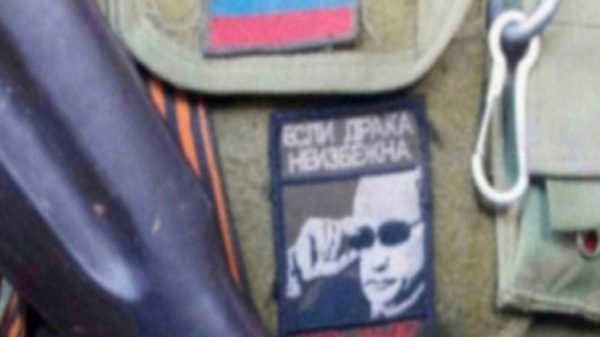

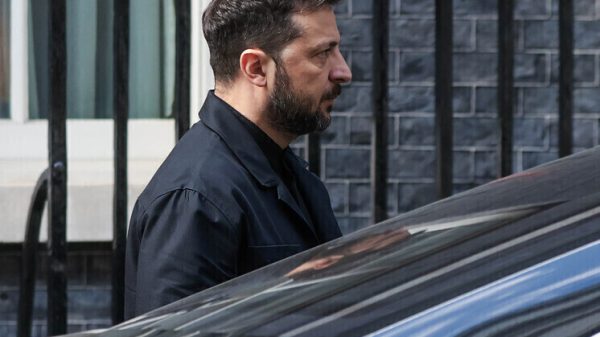






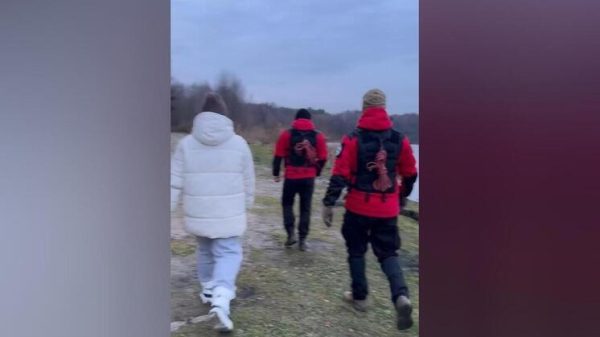


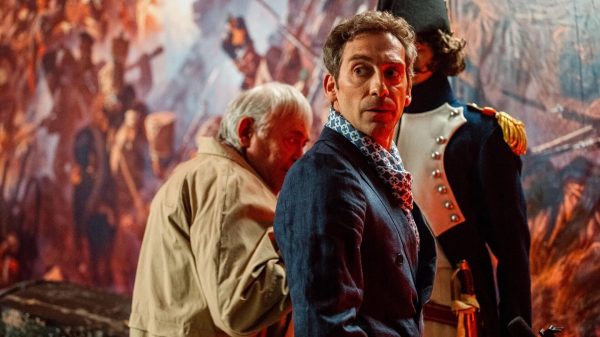


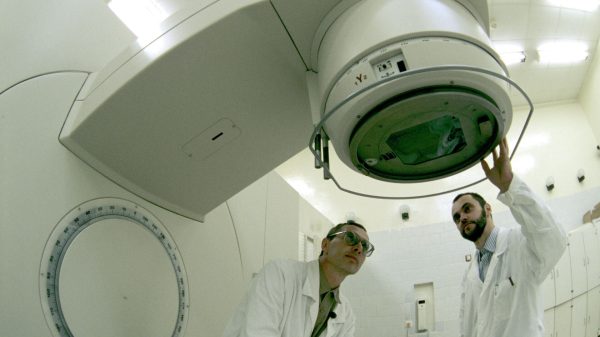

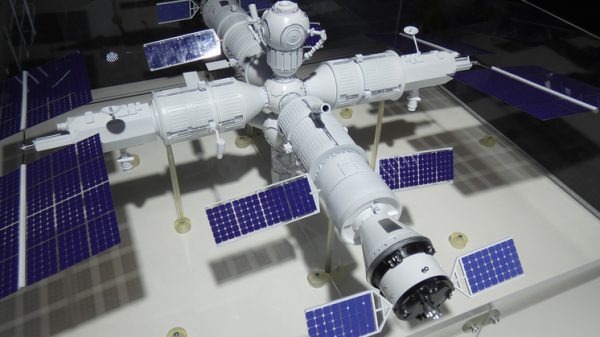

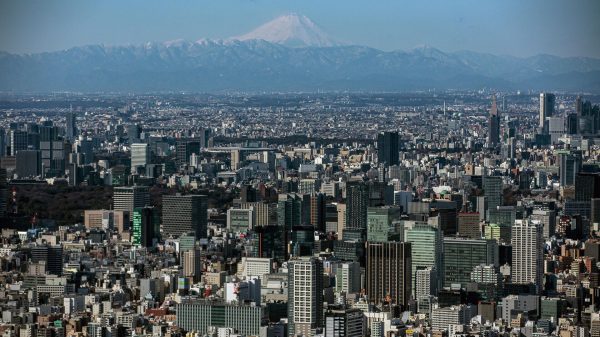



































Свежие комментарии